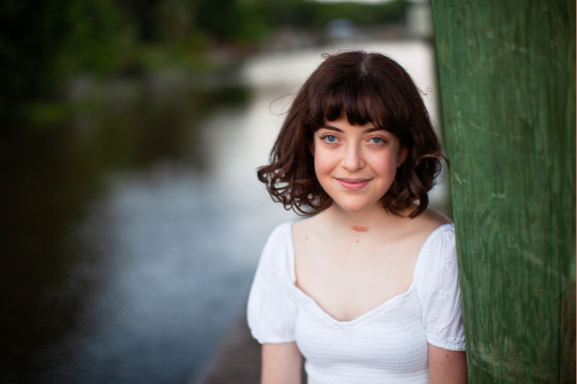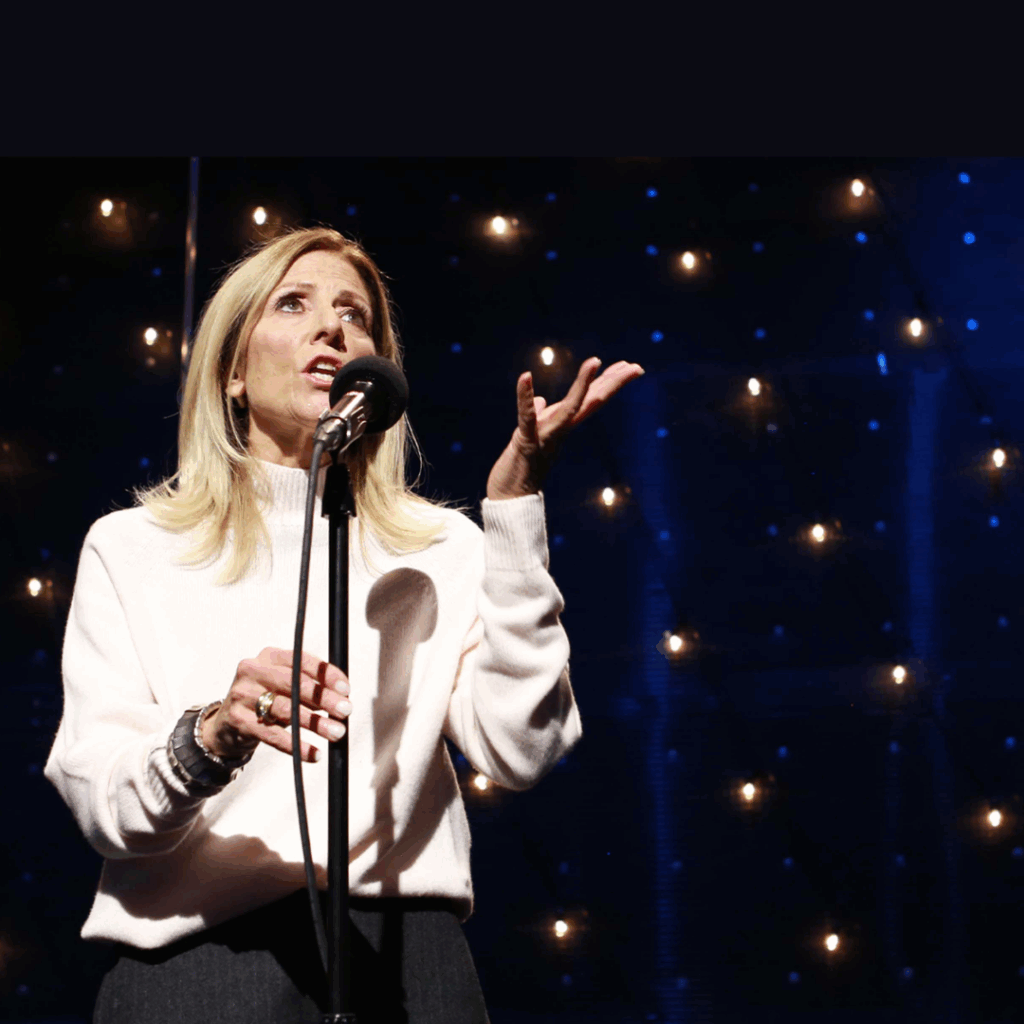The first time my ophthalmologist mentioned the possibility of glaucoma, I was 17 and scared.
My Retinopathy of Prematurity – the only scar I’d sustained from being born at just 24 weeks – had made me a glaucoma suspect my whole life, but my doctors neglected to mention it to me until I was a junior in high school.
The fear of losing even more of my vision lived in me for a year after that: a constant, pulsing thing. When I was officially diagnosed at 18, it was almost a relief; it validated my anxiety, which had worsened steadily with time, like a migraine building behind my eyes.
For months, I pretended it wasn’t happening. But when my laser treatment appointments rolled around, and I was stuck in waiting rooms with people in their seventies, it was unavoidable.
I cried in the parking lot the first two times I had the procedure done, my mom watching helplessly from the driver’s seat. She didn’t know what to say. She hadn’t planned for this. I hadn’t planned for this!
I moved through my life like an untrained actor, floundering for a script everyone else had already memorized. Realizing the severity of my impairment was alienating; accepting my disability was almost more challenging than living with it.
Shifting perspective, surrendering control – and finding my purpose
Over time, though, it got easier – and not just because my eye pressures stabilized. I learned to ignore my eye floaters, learned that it was okay to wear sunglasses inside, learned that there was a power to being the youngest person in the waiting rooms. I had a perspective that could help other people. I knew the feeling of losing my agency viscerally, and I’d come out on the other side. I want more than anything to show other people that they can do the same thing.
I am 20 now and still scared sometimes, but underneath the fear is a peace I didn’t know before my diagnosis. My vision loss has made me acutely aware of the lack of control I have over my life, and surrendering the desire for that control is the most liberating thing I have ever done.
Being able to flow with significant, scary, world-shaking change rather than resist or suppress it is an ability many people don’t grasp until the end stages of their lives. Being able to surrender parts of yourself and your identity and trusting that you will learn from that surrender is powerful.
I don’t have control over what happens to my vision. And for the first time in my life, I don’t care. I care about doing something with my disability to help others, whether it’s other vision-impaired kids or people living with mental illnesses that feel just as blinding as glaucoma.
That is what I have control over: using my pain and the lessons it’s taught me to serve others. I’d take purpose and calling over being able to read road signs any day.
About the author
Maddie Floyd is a 20-year-old Psychology student living in Georgia. You can follow her on Instagram or connect with her on YouTube, where she makes clever videos with American Girl dolls in an effort to revisit her childhood and reconnect with her inner child.



